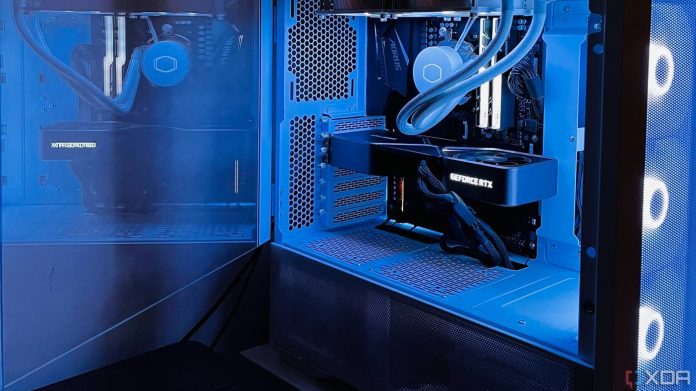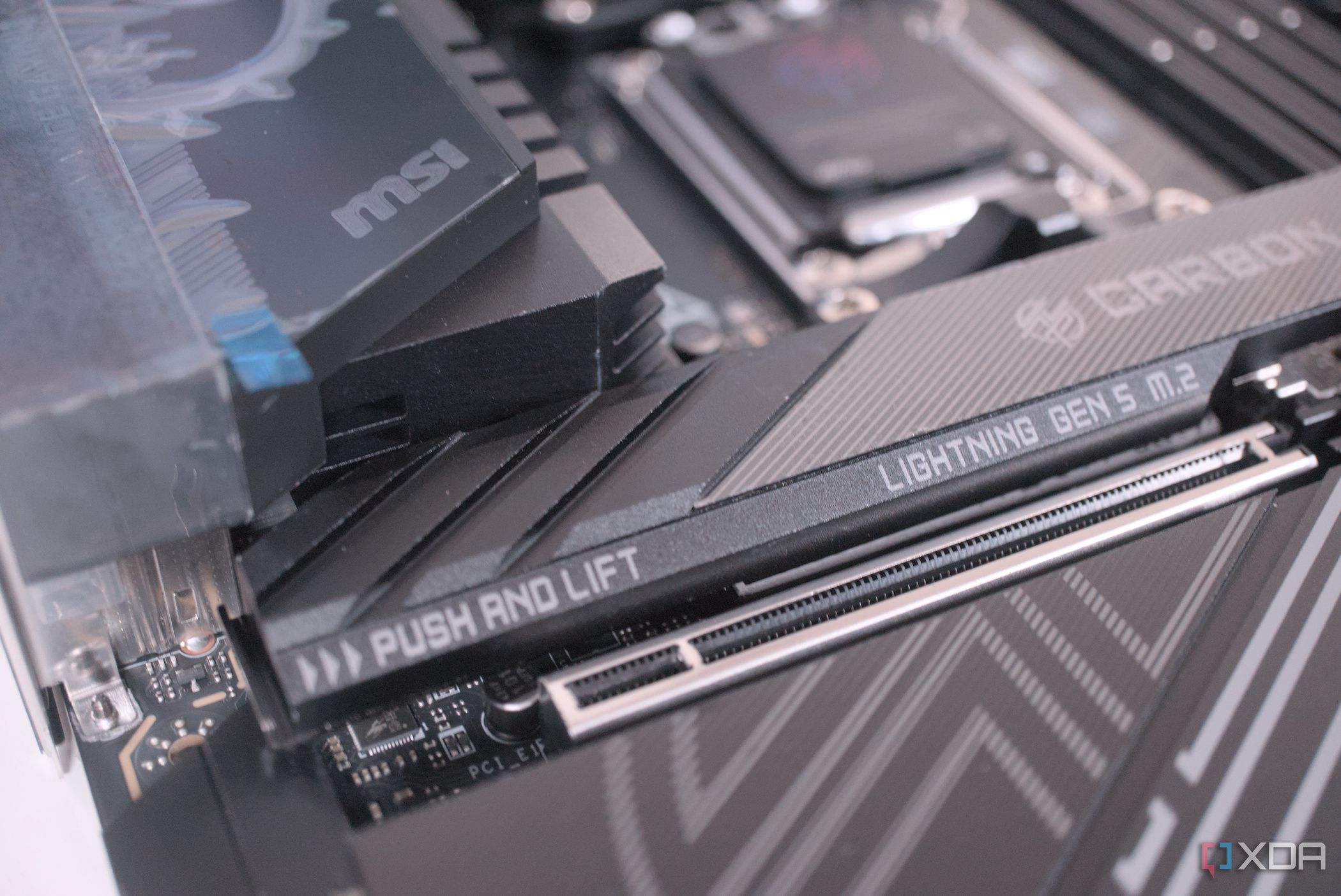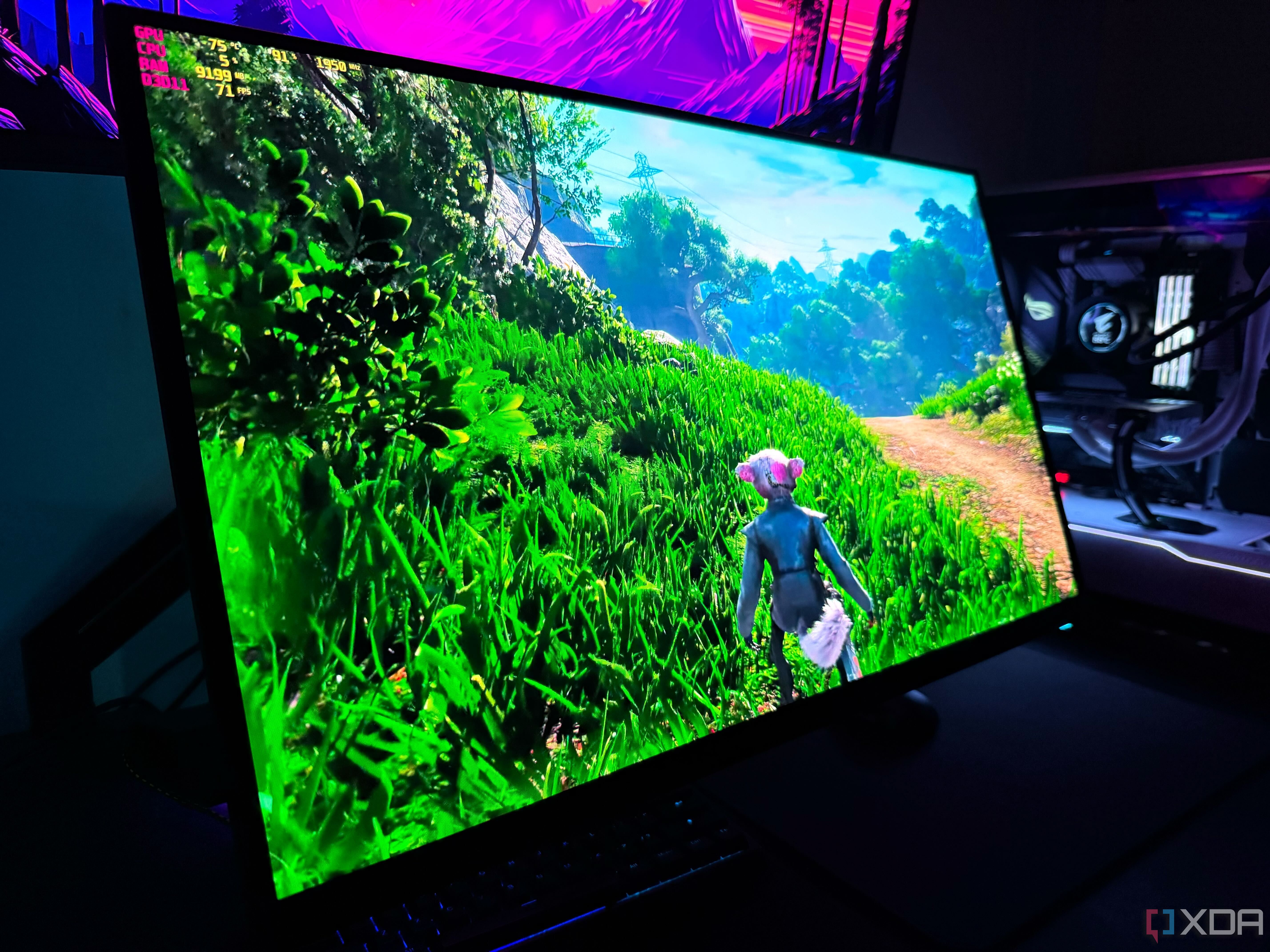No one wants to waste power on their gaming PC. Sure, you want the highest performance possible, even if it comes at the cost of increased power draw, but spending watts that you’re not using is just a waste. From frames that your monitor can’t display to odd CPU spikes when you’re sitting on the desktop, tiny inefficiencies can quickly add up.
You don’t have to choose between performance or power draw. You can optimize your PC to maintain the highest performance it’s capable of while still dialing back power settings. Here’s how.
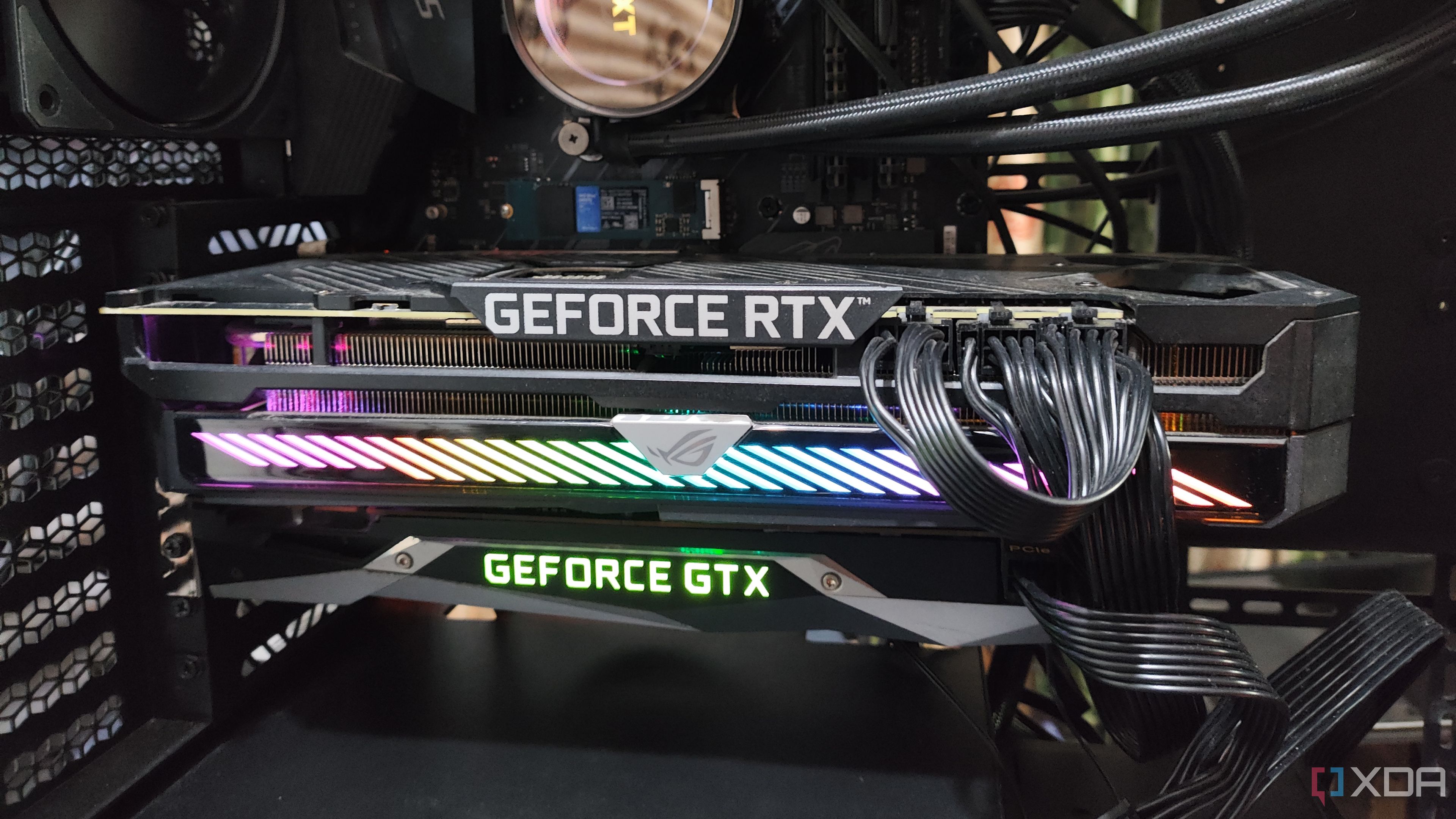
Related
7 tips to improve gaming performance without taking your wallet out
Don’t want to spend? No problem. You can boost your FPS for free with these tips
5 Set an fps cap for your games
Don’t let those frames go to waste
The easiest thing you can do to save power on your PC is to make sure that no wattage is going to waste. And, if you’re running a game at a frame rate higher than your monitor’s maximum refresh rate, those excess frames are going to waste. Although I have specific frame rate caps for some games — more on that next — I also have a global frame rate cap that’s set at my monitor’s maximum refresh rate. You can easily set up a global fps cap in the Nvidia app or Radeon software, though I personally use the cap available in Special K. RivaTuner Statistics Server (RTSS) also has an excellent frame rate limiter built-in.
There are situations where you might want to waste those extra frames, though, particularly in highly competitive games like Counter-Strike 2. Rendering frames above your monitor’s refresh rate won’t make your game look smoother. From the perspective of your PC, however, those frames are still rendered, even if they aren’t flipped onto your display. If you’re highly competitive in a game like Counter-Strike 2 or Rainbow Six Siege, disabling the frame rate limit can provide some minor latency improvements. It comes at the cost of increased power draw, though.

Related
5 ways you can record your gameplay without losing FPS
Try these five methods to optimize your PC for streaming without dealing with lag or stutters in-game
4 Use frame generation in games
It works great with a high enough frame rate
Building on setting an fps cap, you should be using frame generation to save power, even if you don’t think you need to. The best way to use frame generation is when you’re running a game in between two performance milestones. For example, you might get around 80 fps after settings tweaks and upscaling in a game like Cyberpunk 2077; you’re able to cross 60 fps, but you can’t reach up into the triple digits. That’s where frame generation really shines. Instead of running at 80 fps, you can set a frame rate cap at 60 fps, tick on frame generation, and get the smoothness of 120 fps.
This method can save you a lot of power, and it can provide even better perceived performance, which is especially true at base frame rates above 60 fps. I have a 240Hz monitor, for example, but I can seldom run a game at a full 240 fps. I aim for around 150 fps in most games, short of extremely demanding titles like Indiana Jones and the Great Circle, but instead of letting my GPU run wild, I cap the frame rate lower at 120 fps and use frame generation to push to my monitor’s maximum refresh rate.
With frame generation tools built into games like DLSS Frame Generation and FSR 3, you don’t need to worry much about frame pacing. However, it’s very important for display-bound frame generation, like Nvidia’s Smooth Motion, AMD’s AFMF 2, and Lossless Scaling. These tools can struggle with an inconsistent frame rate, so setting a cap below what your GPU can do on its own before turning on frame generation does wonders for quality and consistency.
3 Experiment with undervolting your CPU and GPU
It doesn’t have to hurt your performance
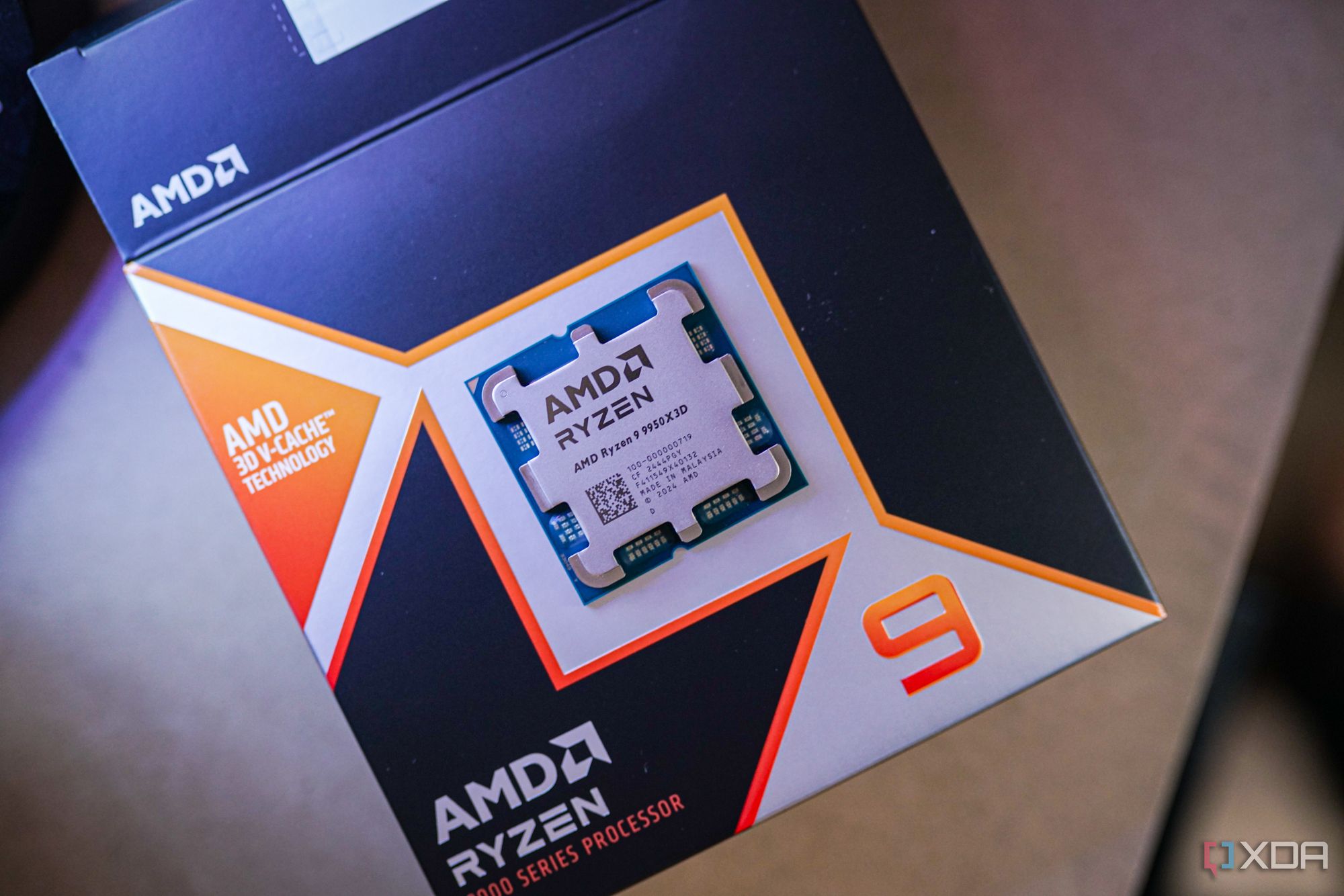
Undervolting has to be one of the most misunderstood areas of tweaking your PC hardware. Usually billed as an antithesis to overclocking, it’s easy to assume that undervolting will hurt your performance, even if it represents massive gains in efficiency. Undervolting doesn’t have to hurt your performance, though, and if you don’t pair it with a power limit as most tutorials suggest, you should see the same performance while saving significant power.
We have guides on how to undervolt your CPU and how to undervolt your GPU — the process is a bit different depending on your hardware — but regardless of the method, you can maintain the same level of performance while applying an undervolt. You can think of undervolting as optimizing your efficiency for the quality of silicon you have. Especially among recent AMD CPUs, you’re generally able to maintain the same clock speeds while feeding the cores far lower than the stock voltage, which decreases your power consumption while offering the same level of performance.
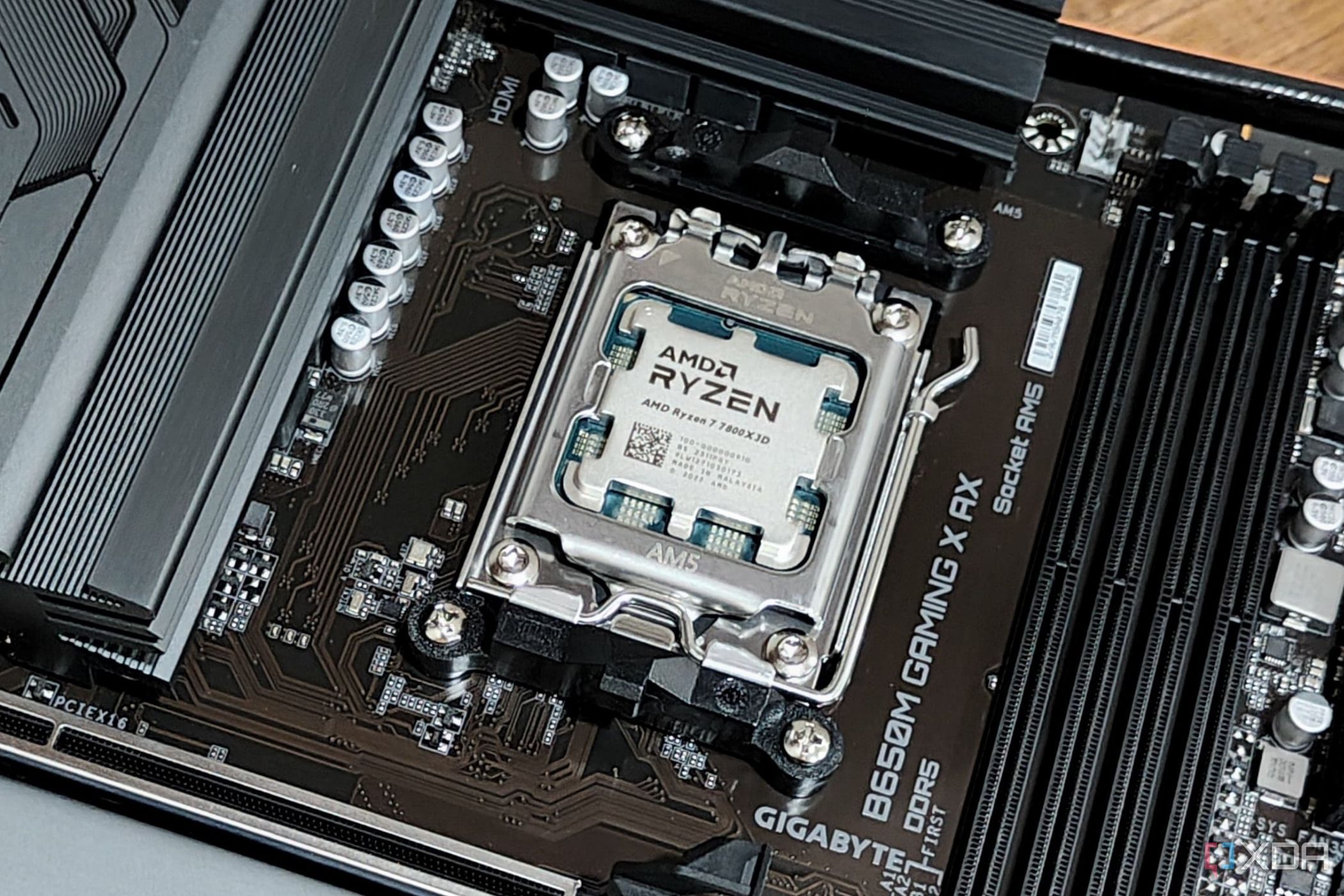
Related
4 mistakes people make while undervolting their CPU or GPU
You can’t just lower the voltage and expect your desired results
2 Make sure C-states are enabled
They should be, but you should check
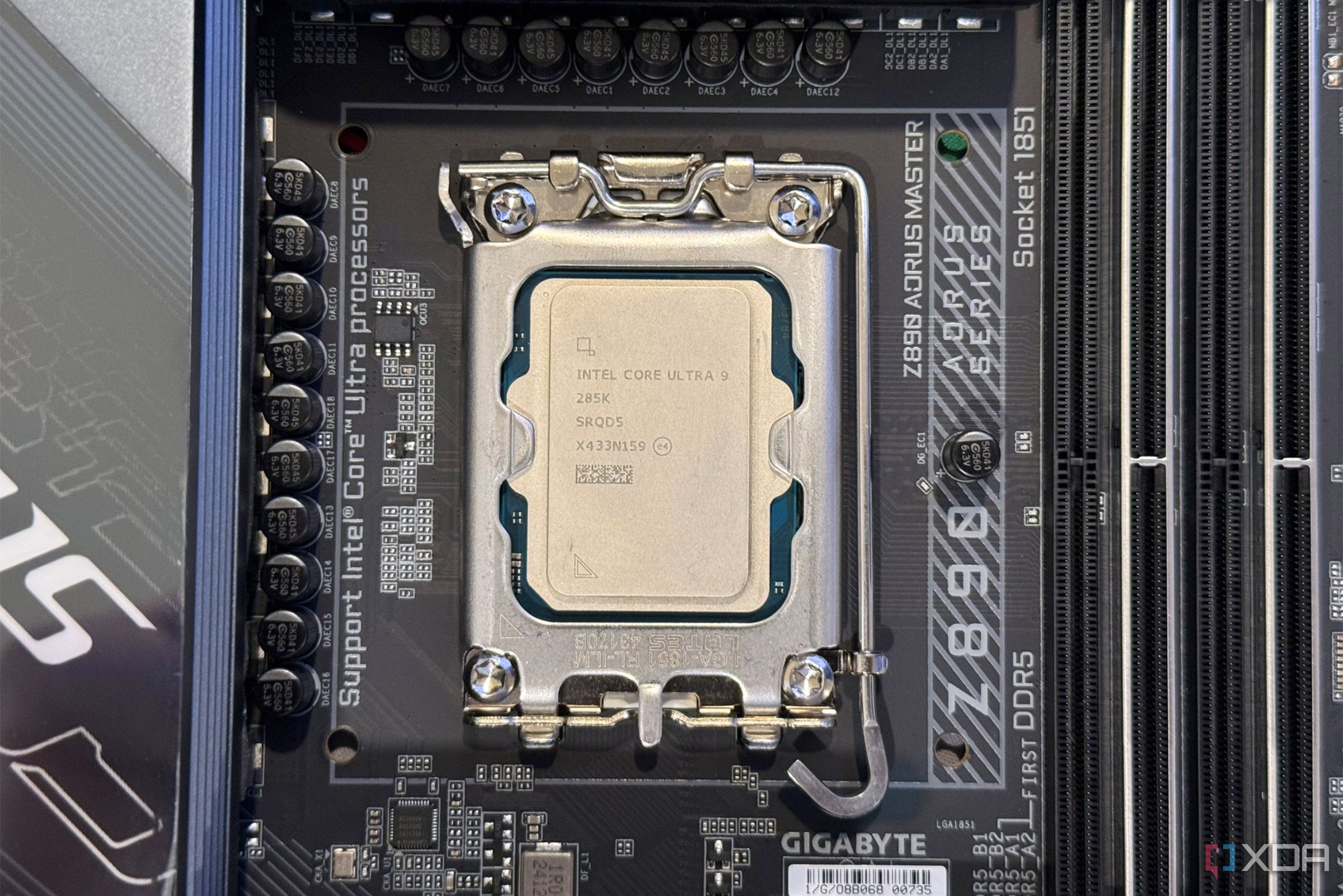
Every processor comes with a handful of different C-states. Every few seconds, the work your CPU is doing is polled, and the C-state updates accordingly depending on what your CPU is doing. At C0, for example, your processor is running at full tilt. At higher C-states, the clock is disabled and the CPU isn’t executing instructions, and as you climb the chain, more and more components are disabled on your CPU. This all happens automatically, too. However, as Intel highlights, “as the C-States get deeper, the exit latency duration becomes longer (the time to transition to C0) and the power savings becomes greater.”
Years ago, C-states had some problems. As the processor transitioned, you could see stutters in games, particularly those running at extremely high frame rates like Counter-Strike: Global Offensive. C-states have gotten much better in recent years, though, and you’ll rarely feel the processor moving back to C0 from a higher C-state. Most motherboards have C-states enabled by default, but if you have them disabled, make sure to turn C-states on.
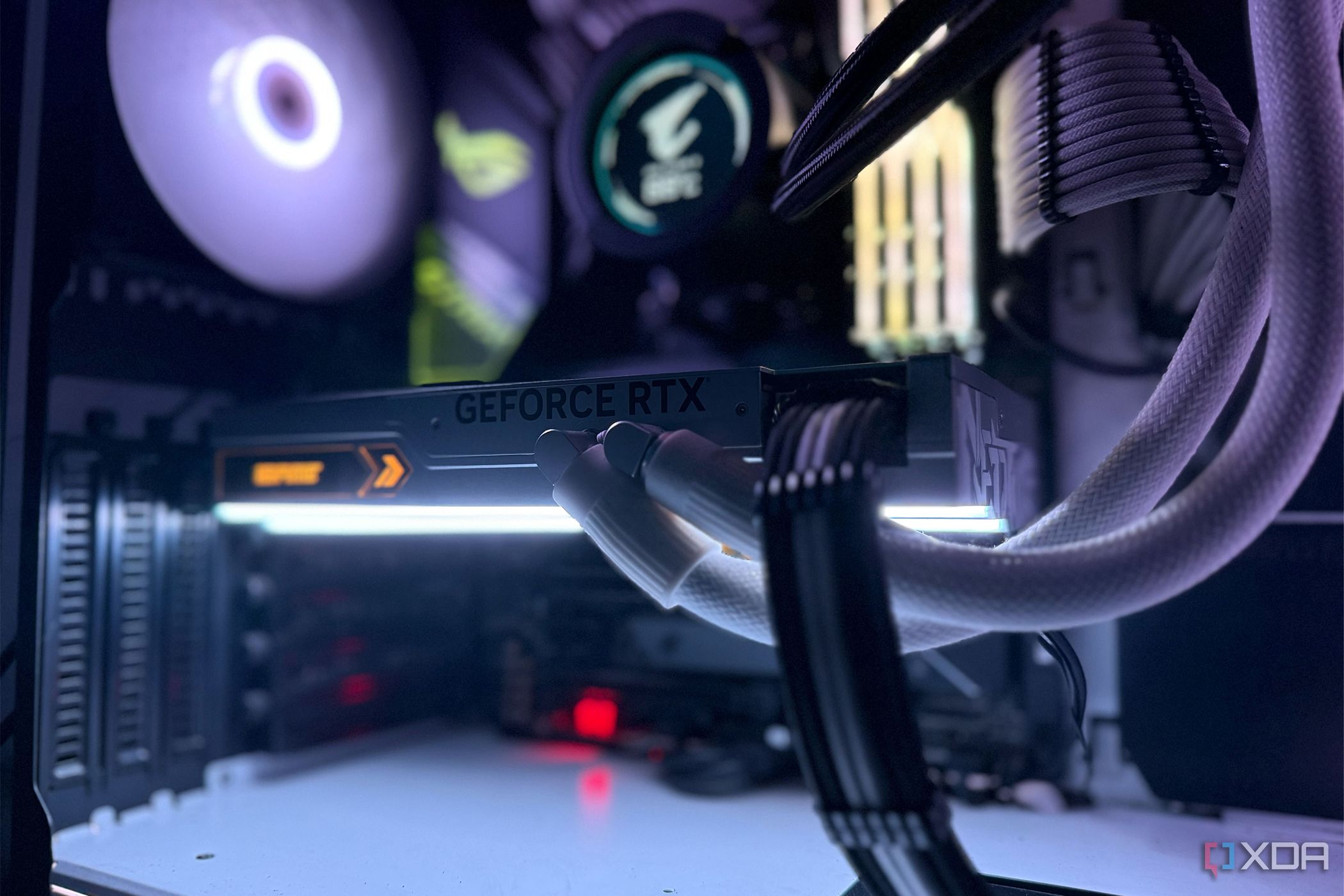
Related
10 ways you can improve the performance of your aging gaming PC
It may not be time to throw out your PC yet! Here are 10 things you can do to improve the performance of your aging gaming PC
1 Customize your Windows power plan
You have more options than you think
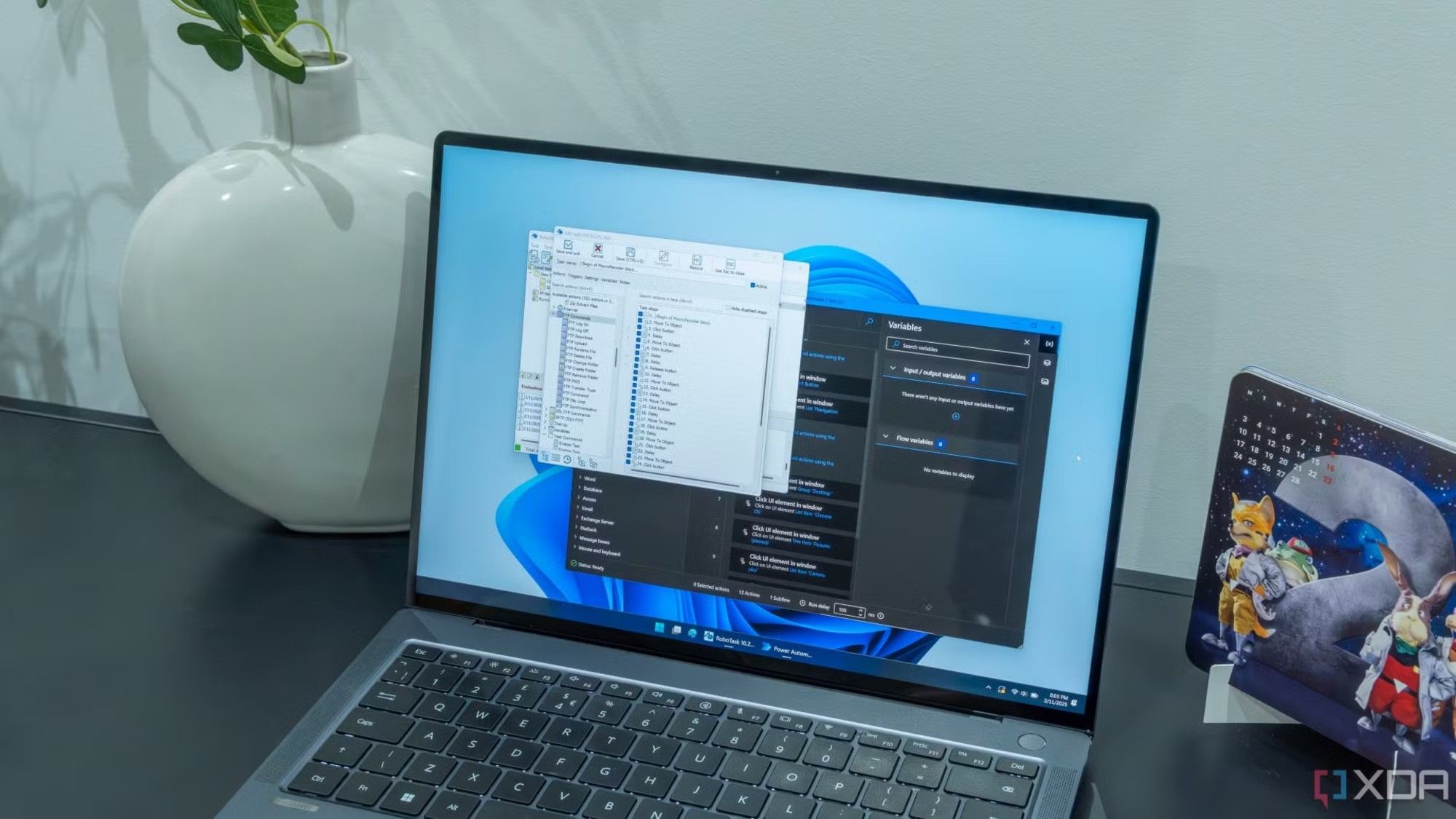
It might seem obvious, but stick with me for a moment. Short of a few expectations, the common advice is to set your PC to the highest Windows power plan available. That’s exactly what you want to do for the best performance in your games, too. But there are a lot of times you don’t need all that power, so switching to a lower power plan can save you a lot of money on your electric bill. You can use the default power plans included in Windows, but I’d recommend customizing them.
You can do so in the Control Panel at Hardware and Sound > Power Options > Edit Plan Settings > Change Advanced Power Settings. Here, you can define more specific parameters for your power plan, such as your minimum and maximum CPU utilization, time before your hard drive is inactive, and even your PCIe link power state. Set up and customize a couple of profiles that you can quickly switch between when you’re gaming or doing something else on your PC. Unfortunately, there isn’t a way to do this automatically built into Windows, though you could write a script that could automatically execute when launching certain applications.
